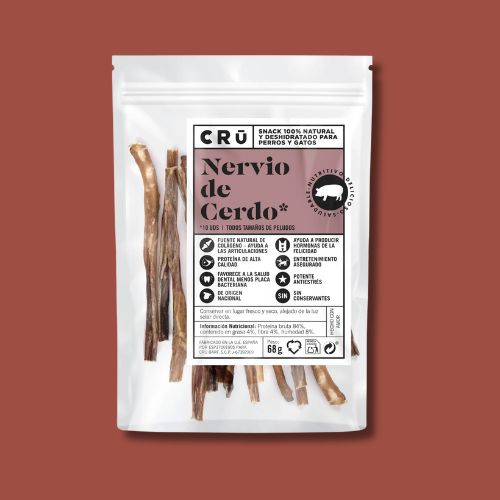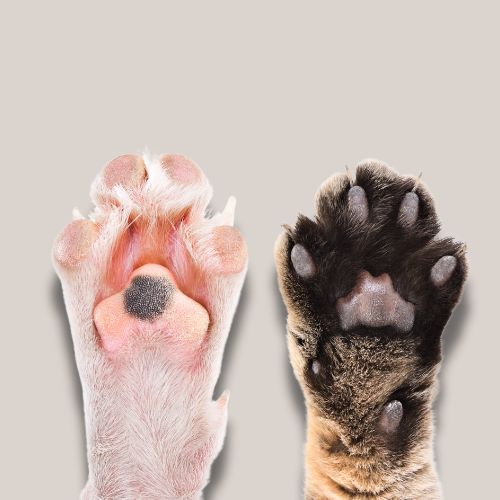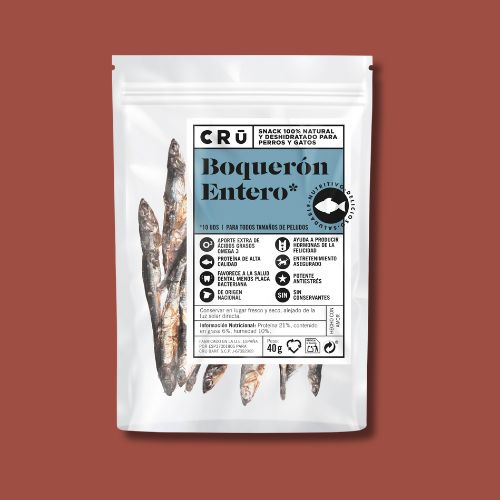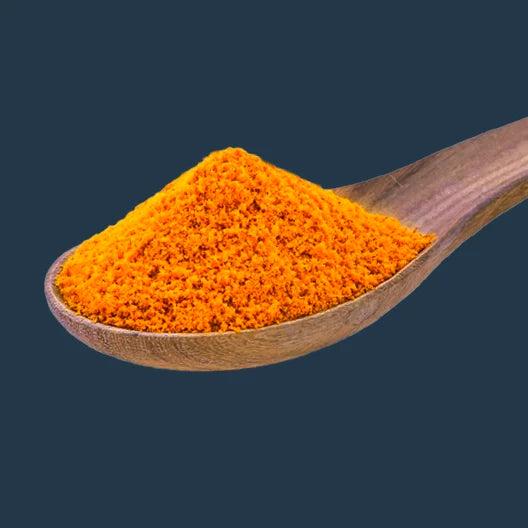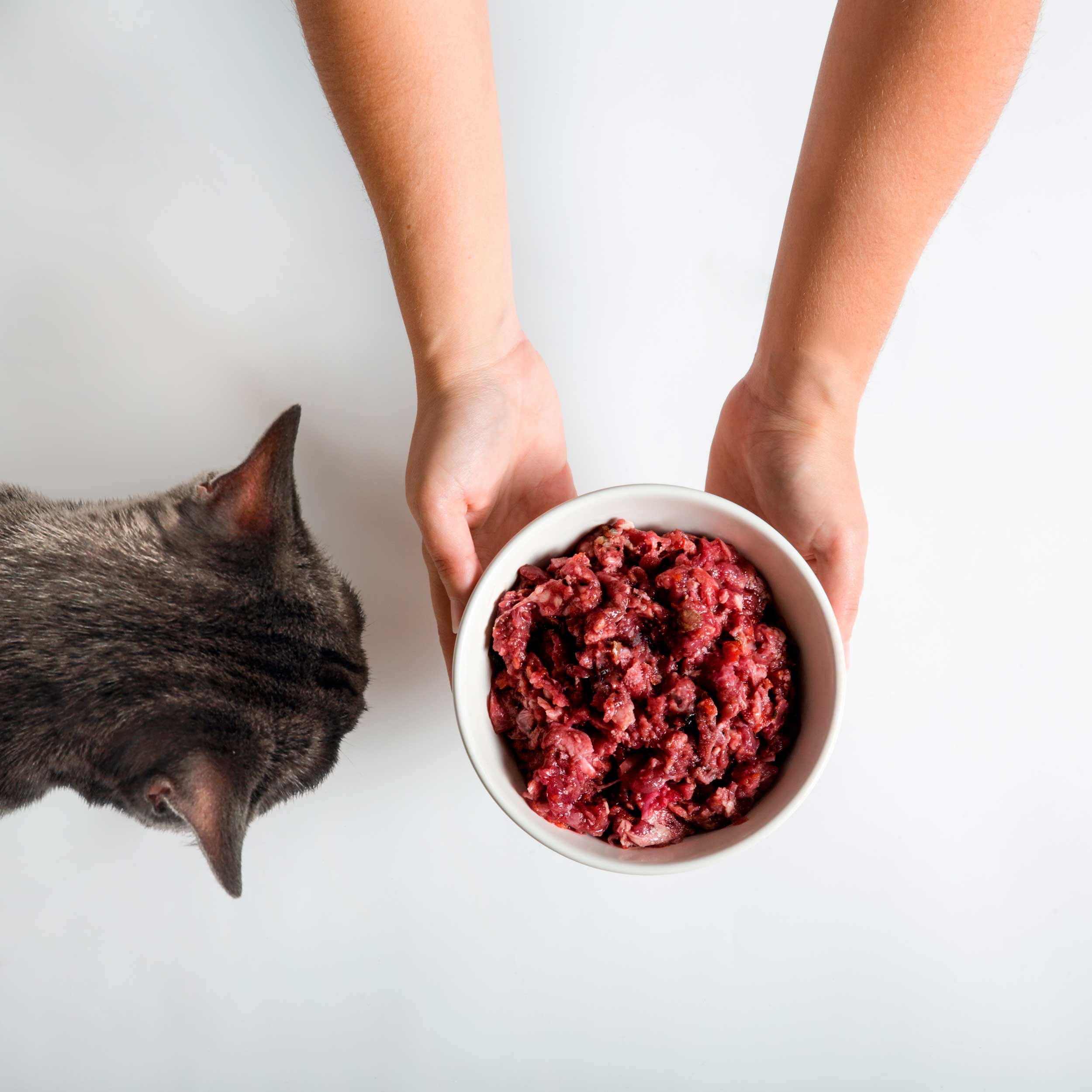For decades, marketing has played a key role in shaping the way we feed our animals. We were sold the idea that a bag of dry, highly processed kibble with a list of unpronounceable ingredients was the best option for our pets' health. Convenience, price, "complete nutrition"—a well-crafted message that, over time, has proven dangerous.
Many of the pet foods found on supermarket shelves or in veterinary clinics are composed mostly of animal by-products (beaks, paws, feathers, third-rate meat meals), grains like corn or wheat in extremely high proportions , and a mix of additives, colorings, and preservatives designed to last for years in a sealed container. A far cry from what a dog or cat should eat. The problem isn't just what they contain, but what they don't: fresh meat, bioavailable nutrients, natural moisture, real variety . And that has consequences. The cumulative effects of long-term pet food consumption can translate into problems that are silent at first, but serious over time:
Chronic digestive problems : vomiting, diarrhea, flatulence, intestinal inflammation.
Kidney or liver diseases due to overload of toxins and waste.
Food allergies and intolerances , often caused by cereals or denatured proteins.
Skin and coat problems , persistent tartar and bad breath.
Obesity, food anxiety and generalized loss of energy .
The food industry has not only invested millions in manufacturing cheap and long-lasting products: it has invested even more in making us believe there is no alternative. Omnipresent advertising campaigns, agreements with veterinarians, university sponsorships, and a constant presence in the media make food perceived as the "safe option." But it isn't. The power of marketing has made giving your dog or cat dry kibble full of grains seem like an act of responsibility. However, behind this apparent convenience are consequences that many families are well aware of: allergies, frequent diarrhea, impossible-to-remove tartar, energy drops, or kidney problems. All of this translates into a solution that at first seems the best in terms of quality and price but that in the long run is very expensive: visits to the vet, tests, chronic medications, and, above all, suffering for those we love most.
Often, what seems cheaper on the label ends up being much more expensive over time. Not just in money, but also in health, quality of life, and the years of well-being we could have gained.


